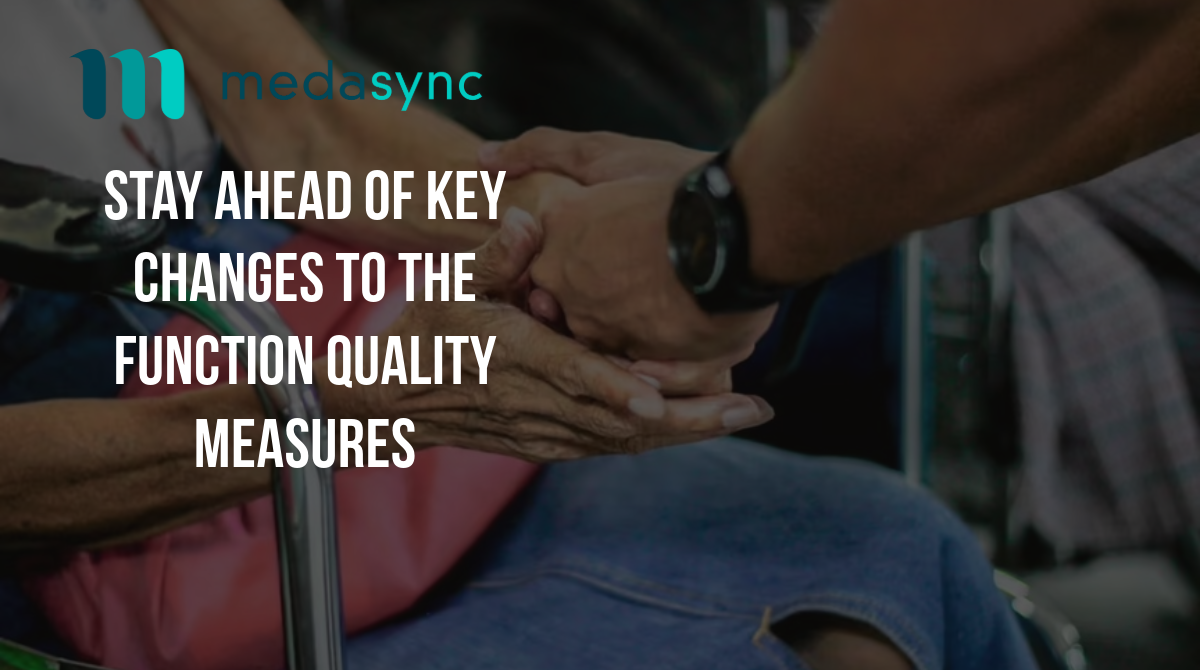Don’t Slip Up When Coding SLPs – Use These Tips Instead
The Patient-Driven Payment Model (PDPM) presents challenges and opportunities, particularly in coding for the Speech Language Pathology (SLP) component. Since the SLP case-mix index (CMI) multiplier ranges from 0.68 to 4.21, even one MDS coding misstep can be costly. This means that accurate coding is crucial for optimum reimbursement and planning patient care. The following is an overview of the SLP component of PDPM to help reduce confusion and a few tips for coding this component.
Overview
The SLP component has 12 total case-mix groups, which are broken into two sets of criteria. The first criteria determines if the resident has None, Any One, Any Two, or All Three of an Acute Neurologic primary diagnosis, a SLP related co-morbidity, or cognitive impairment. The second criteria group determines if the resident has Either, Neither, or Both of a mechanically altered diet or a swallowing disorder. The following table represents how the CMI score is ascertained.
| Presence of acute Neurologic, SLP-Related Comorbidity, or Cognitive Impairment | Mechanically Altered Diet or Swallowing Disorder | Case-Mix Group | CMI |
|---|---|---|---|
| None | Neither | SA | 0.68 |
| None | Either | SB | 1.82 |
| None | Both | SC | 2.67 |
| Any one | Neither | SD | 1.46 |
| Any one | Either | SE | 2.34 |
| Any one | Both | SF | 2.98 |
| Any two | Neither | SG | 2.04 |
| Any two | Either | SH | 2.86 |
| Any two | Both | SI | 3.53 |
| Any three | Neither | SJ | 2.99 |
| Any three | Either | SK | 3.70 |
| Any three | Both | SL | 4.21 |
As you can see from the table, a patient that has none of the first-tier qualifiers and none of the second tier will fall into the SA case mix group with an index of 0.68. This will contribute roughly $19 to the per diem rate. Conversely, should there be an opportunity to capture Any one of the first group qualifiers or Either of the second set of criteria, the MDS will reflect a much higher case mix index that would contribute $40 – $50 to the per diem rate. This is a big rate change and underscores the importance of accuracy when it comes to the SLP component.
Making SLPs SMPL
Here are four tips MDS coordinators can use to reduce confusion about this component, and when applied, result in improved accuracy with MDS coding and accurate reimbursement.
1) Collaborate to Ensure Accurate Primary Diagnosis Selection: The primary diagnosis in I0020B is used to determine the clinical category for the PT/OT component as well as used to determine the presence of an Acute Neurologic condition. It is a good practice to collaborate with the interdisciplinary team (IDT) to select the most appropriate primary diagnosis that is documented to support the primary reason for the skilled stay.
However, this is not always an easy decision. There may be instances where more than one diagnosis meets the criteria for the primary diagnosis. For example, consider a resident who has a new cerebrovascular accident (CVA) resulting in hemiplegia, aphasia, and dysphagia; during their hospitalization, they also suffered a fractured hip after a fall which was surgically repaired. PT is treating the hemiplegia and the hip fracture, OT is treating the hemiplegia, SLP is treating the aphasia and dysphagia, and nursing is treating all these conditions. The hemiplegia and hip fracture are both primary reasons for the SNF stay, and either could be listed as the primary diagnosis. Selecting the hip fracture with surgical repair as the primary diagnosis will result in the Other Orthopedic clinical category, while hemiplegia will result in the Acute Neurologic category. Although this will be a lower CMI in the PT/OT component, the Acute Neurologic category will positively impact the SLP component.
2) Comorbidity Documentation: To qualify for a SLP related co-morbidity, the resident must have one of the selected comorbidities documented on the MDS. These conditions must be verified and supported by physician documentation within the last 60 days and actively impacting the resident in the last seven days. This means that the diagnosis has a current relationship to the resident’s functional, cognitive, mood or behavior status, medical treatments, nurse monitoring, or risk of death during the seven-day look-back period. Several of these items are calculated from the checkboxes of section I: Aphasia (I4300); CVA, TIA, or Stroke (I4500); Hemiplegia or Hemiparesis (I4900); and Traumatic Brain Injury (I5500). An important point to remember, if any of these diagnoses are active but only captured in section I8000 rather than the check boxes in I0100 – I7900, the comorbidity will not be calculated towards the SLP component.
In addition, six conditions are calculated using item I8000: laryngeal cancer, apraxia, dysphagia, amyotrophic lateral sclerosis (ALS), oral cancers, and speech and language deficits. Keep in mind that only specific ICD-10 codes qualify for a SLP related co-morbidity. A good example is the dysphagia codes. Only the “I” series, cerebrovascular codes are included in the comorbidity list, as displayed in the table below, not the “R” series, which are the dysphagia phase specific codes.
| Dysphagia | I69091 | Dysphagia following nontraumatic subarachnoid hemorrhage |
| Dysphagia | I69191 | Dysphagia following nontraumatic intracerebral hemorrhage |
| Dysphagia | I69291 | Dysphagia following other nontraumatic intracranial hemorrhage |
| Dysphagia | I69991 | Dysphagia following unspecified cerebrovascular disease |
3) Section K Accuracy: Collaborate with dietitians and direct care staff to accurately capture signs or symptoms of swallowing disorders in section K of the MDS. Mechanically altered diets and swallowing disorders must be carefully documented to reflect the resident’s needs accurately.
Direct care staff should be reminded to notify nurses of any of the signs or symptoms of a possible swallowing disorder, including:
- Loss of liquids/solids from mouth when eating or drinking
- Holding food in mouth/cheeks or residual food in mouth after meals
- Coughing or choking during meals or when swallowing medications
- Complaints of difficulty or pain with swallowing
Any of these noted signs or symptoms should be documented in the medical record so they can be accurately coded on the MDS at K0100.
In addition, make sure the team is properly identifying the use of a mechanically altered diet at K0510C. According to the RAI, a mechanically altered diet is “a diet specifically prepared to alter the texture or consistency of food to facilitate oral intake.” This means the intake of a mechanically altered meal or snack must be by mouth and only applies to the resident’s diet, crushed medications would not qualify.
4) Save time and reduce headaches with the right technology: MDS nurses have no shortage of responsibilities. They are often pulled in many directions, requiring them to track quality measures, attend daily meetings, complete managed care updates, and potentially work the floor – just to name a few. Each of these additional duties can distract and pull time away from important, every-day tasks like chart reviews. In fact, the vast majority of MDS coordinators believe their biggest burden on time is gathering documentation and chart reviews.
Much like the tips above, it’s imperative to continuously dig for the details to ensure no opportunities are missed. Luckily, the right technology, like MedaSync, can greatly reduce the time spent on manually scouring the patient chart for documentation. Armed with advanced natural language processing and machine learning, MedaSync plugs into the EHR to monitor, analyze and summarize live patient data. This automated, daily chart monitoring uses machine learning to find supporting documentation such as indications for a potential swallowing disorder, a mechanical soft meal and even pick up on all the nuances of a Medicare Advantage contract. Combined with custom rules to account for all payment models, these AI-driven audits ensure MDS nurses get exactly the data they need to take action without all the distracting noise and clutter other systems create.
Key Takeaways
Achieving precise MDS coding and reimbursement under PDPM requires a thorough understanding of the SLP component and diligent documentation practices. By focusing on comprehensive comorbidity documentation, meticulous section K entries, and processes to ensure an accurate primary diagnosis, MDS coordinators can optimize their PDPM outcomes and ensure better patient care.





